English Heritage
A small but complete and attractive 14-th century chapel.
Worth a visit if you’re in the area. It’s sited just off a main road. Open at any reasonable time.
Author: visit
Dyrham Park, South Gloucestershire
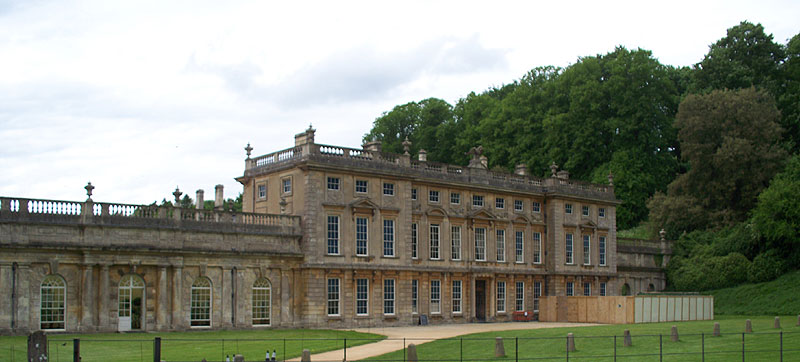 National Trust
National Trust
The grounds are of substantial size and drop dramatically down towards the William & Mary period house, with its long east front. Behind the house there are gardens. The interior is furnished in a Dutch style. The house is worth a visit and besides the main rooms one can look at rooms in the basement, and an orangery. Outside there is a large park, and behind the house some formal gardens with ponds. The church can be visited but the access route was not obvious.
The main car park is next to the road, some 500 yards from the house. The property is only a few minutes drive from the M4, and is a handy break point on journeys to the far south west and South Wales.
Revisited May 2022.
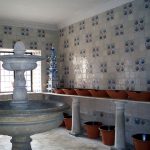
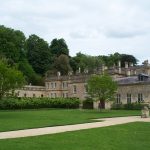
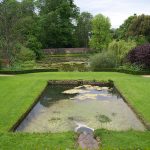

Forest Centre, Marston Moretaine, Beds
This area was used for brick clay extraction, and the land is now being reclaimed by planting parts as forest, and establishing nature reserves. In the Forest Centre building is an exhibition that makes a noble effort to get the public interested in forestry and forest products, and also a café. Nearby is a wetlands reserve which can be visited, for a fee. There are also walks around the lakes, and watersports on Stewartby Lake.
If you are interested in the Great Outdoors and our feathered friends, you should have a great time here. I’d recommend taking advantage of all available navigational aids, as the ground is flat and there are screens of small trees, so it’s often hard to see where anything is, where you are, or which big square lake you are looking at.
For car-free access there is a railway station at Millbrook, a healthy 20 minutes brisk walk distant.
Geevor Tin Mine, Cornwall
Until 1990 this was a working tin mine and major local employer, but now it is preserved as a monument to the Cornish tin mining industry. Some of the machinery was removed for scrap, but much remains. It is now a major exhibit, with a museum and the surface machinery areas open to the public. The preserved site extends over 67 acres. The mineshafts are not open to the public, but within the site you will see a scary looking black hole which is the mouth of one of the vertical shafts. Look out for the model somewhere in the museum which reveals the enormous complexity of the system of shafts and galleries, which extended deep undergoround and under the sea.
There is a guided underground tour into Wheal Mexico, an 18th century mine. This is shallow and mostly horizontal, but authentically twisty and cramped and dank. My sister survived the surface tour but balked at going into Wheal Mexico.
Allow several hours to see everything.
In the surrounding landscape are many relics of earlier mining enterprises, in the form of gaunt engine houses and rubble-strewn ore processing floors.
Harrington Airfield, Northants
During the war, the airfield was the base of the USAAF 801st and 492nd Bomb Groups, and the USAAF’s clandestine “Carpetbagger” operations. Carpetbagger operations delivered supplies and personnel to resistance groups in occupied countries. Later, it became a Thor missile base.
Today, the runways have been returned to agriculture. On the site of the original buildings the Carpetbagger Aviation Museum can be found. This crowded museum contains many exhibits related to Carpetbagger. If you a military aviation buff, you should find this of great interest.
In the surrounding countryside a few concrete relics and a memorial can be found. The memorial is on the C-47 dispersal site at the side of the Lamport – Harrington Road.


HMS Belfast, London
It’s a while since I visited HMS Belfast, but I remember it was an interesting visit. It’s one of the few surviving British WWII warships of any size, and most parts of the ship are accessible, including the command and control spaces, the engine and boiler rooms, and the insides of the gun turrets. The 6” guns were aimed at the London Gateway M1 service area on the outskirts of London :-).
During the war, the ship saw active service in a number of campaigns, and also saw active service in the Korean war.
The ship is moored on the Thames near London Bridge. It is in the care of the Imperial War Museum.
A cautionary note: warships have lots of steep ladders and narrow spaces.
Old Gorhambury House, Herts
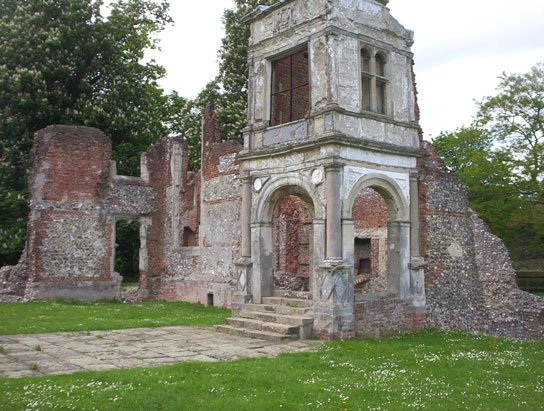
This was once an immense Elizabethan mansion, but was largely dismantled when the present Gorhambury House was built, the remains being left as a ready-made romantic ruin in the grounds.
Though the site can be visited at any reasonable time, access is awkward, as it is in the middle of a private estate and only foot access is permitted. I got to it by parking on the A4147 near the M1 & M10, and near the entry to Beechtree Lane, and making the vexatiously long walk along the permitted path to the house. (The other end of the “Gorhambury Walk” permitted path is at the Roman Amphitheatre in St Albans). If you visit Gorhambury House by car (on a Thursday afternoon only, via St. Albans) you can reach the old house by a much shorter but still significant walk, starting from the gardens at the rear. You might need directions, as there is no clear line of sight between the old and new houses, the view being blocked by trees. The ruins don’t show up well on an aerial view, but it looks like if you start at the back of the mansion you should walk away from it bearing slightly to your left. The drive continues past the old house, but the roadway is very narrow, and there is nowhere to park.
Is it worth it? Once you get there, it’s quite an interesting historic ruin, but won’t detain you for long.
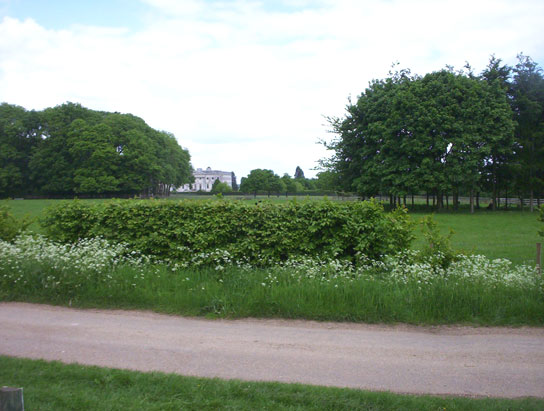
Houghton House, Bedfordshire
English Heritage
The shell of a once imposing 17th century mansion, which was stripped by its owners when no longer required. The site commands some fine views (possibly why they built there). Parking is nearby, at the end of a long access roadway. An interesting visit, but probably won’t detain you very long. A free audio guide can be downloaded from the English Heritage website.
Jervaux Abbey, Yorks
The site is privately owned and is open to the public. So far as I remember the car park is nearby, also some tea rooms which I didn’t patronise. The ruins, which don’t remain at a great height anywhere, are in pleasant garden surroundings. Admission charge.
Lyveden New Bield, Northants
National Trust
An abandoned and incomplete Elizabethan building, with its surrounding gardens. The building, a shell, is interesting, and when I visited the orchard had been re-created with a planting of period fruit trees.
Re-visited 28 Aug 2021 (10 years later). The manor house (acquired 2013) and a new car park were opened earlier this year. The new car park is further from the Lodge, and a walk from car park to Lodge takes one to the manor house which houses a cafe, toilets, and an upper floor exhibition room (the latter not open when I visited). From there one can walk onwards to the orchard and the house, past some mounds and long ponds. I didn’t see the labyrinth marked in the grass in the area enclosed by mounds and long ponds – apparently it is clear cut in late summer. The stonework of the Lodge is in remarkably good condition, and various carved religious symbols decorate the exterior. Inside, one can enter the basement rooms and look upward to the sky. In the manor house I saw a model showing what the Lodge would have looked like if completed.
